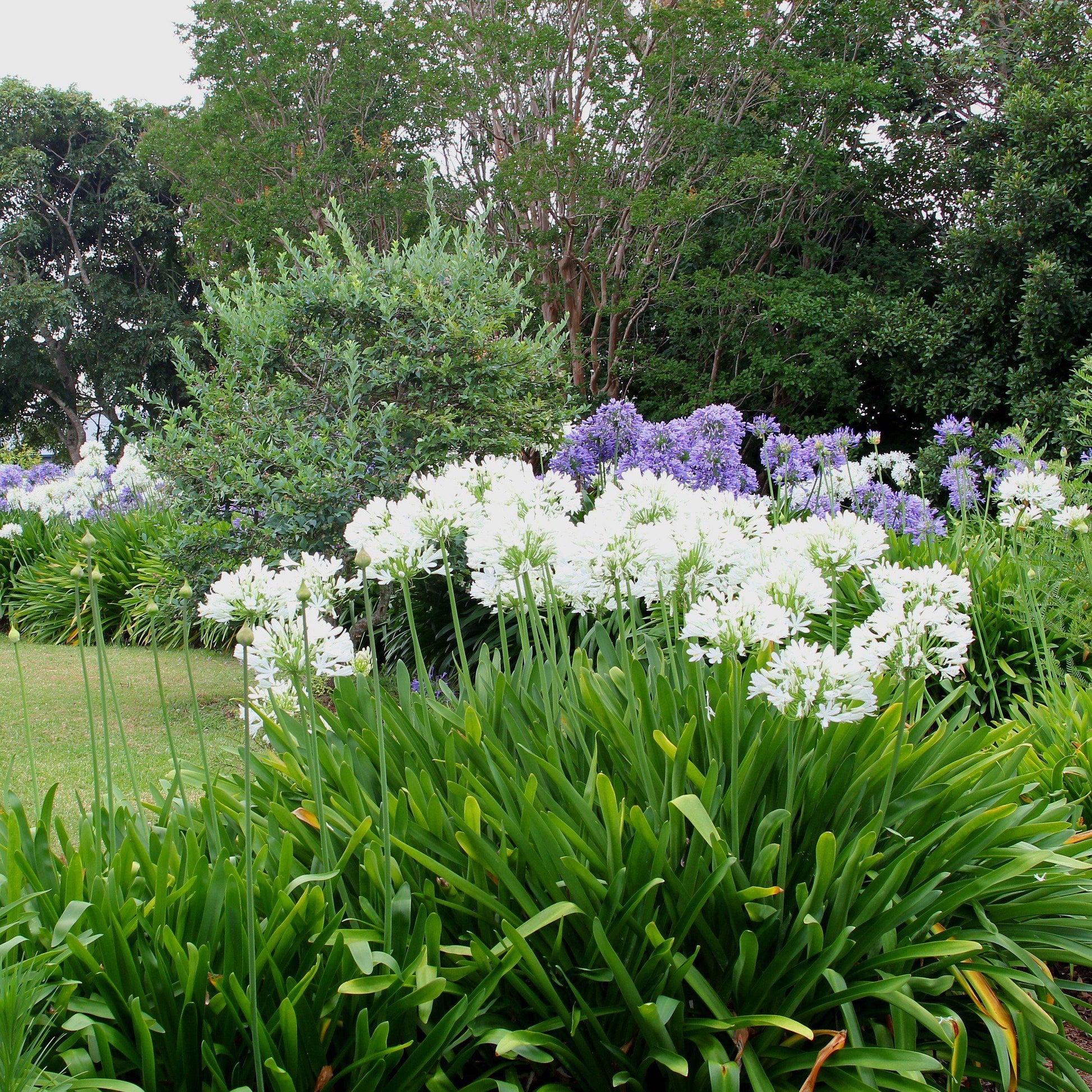Agapanthus Expanding Problems: Dirt, Sunlight, and Watering
Understanding the Art of Agapanthus Care: Essential Actions for Healthy And Balanced Development and Vivid Blossoms
In the world of horticulture, the farming of agapanthus stands as a satisfying venture for those who look for to nurture these sophisticated blooming plants. From choosing the best variety to mastering pruning methods, the trip towards cultivating prospering agapanthus plants is diverse and holds the essential to opening the complete possibility of these organic gems.

Picking the Right Agapanthus Selection

When choosing the right Agapanthus variety for your garden, think about elements such as climate suitability, blossom color, and growth habit. In addition, consider the climate in your area to ensure the Agapanthus selection you choose can grow in your details conditions. Recognizing the growth routine of different Agapanthus selections is important for proper placement within your yard.
Ideal Growing Conditions
Taking into consideration the ideal environmental demands is essential for successful Agapanthus cultivation. Agapanthus prospers in well-draining dirt with a slightly acidic to neutral pH level. When planting, pick a place that gets full sunshine to partial color. In hotter environments, providing some afternoon color can stop scorching of the leaves. Agapanthus plants are sensitive to cool temperature levels and ought to be secured from frost during winter season.
To ensure healthy and balanced development and dynamic blooms, plant Agapanthus light bulbs at a depth of about 2-4 inches and space them 8-12 inches apart. Mulching around the base of the plants helps retain moisture and subdues weed growth.
Watering and Feeding Tips
Maintaining appropriate wetness levels and providing essential nutrients are crucial components in the care program for Agapanthus plants. When it comes to sprinkling Agapanthus, it is essential to strike an equilibrium. These plants prefer continually moist dirt yet are vulnerable to root rot if overwatered.
Feeding Agapanthus is essential for promoting healthy and balanced growth and prolific blooms. Apply a well balanced fertilizer, such as a 10-10-10 formula, in the early spring as new development emerges. By adhering to these watering and fertilizing pointers, you can ensure your Agapanthus plants flourish and generate vibrant, resilient blooms.
Pruning Methods for Agapanthus
Pruning Agapanthus plants at the suitable times and with correct methods is critical for maintaining their health and advertising optimum growth and flowering. The suitable time to trim Agapanthus remains in late winter season or other very early springtime prior to brand-new development emerges. Begin by removing any type of yellowing or dead leaves near the base of the plant. Cut them as short as feasible without harming the arising shoots.
For flowered stems, wait till the blossoms have perished and then trim them back to the base. This not only cleans up the plant's look yet also urges the development of new blossom buds. Deadheading invested flowers can additionally redirect the plant's power right into generating more blossoms as opposed to establishing seeds. Nonetheless, if you want to collect seeds for propagation, leave some blossoms to dry and mature on the plant.
Keep in mind to use tidy, sharp devices to make precise cuts and minimize the threat of presenting illness. Agapanthus. Normal pruning will certainly help keep your Agapanthus looking healthy and cool while ensuring a bountiful display screen of attractive blooms
Dealing With Typical Bugs and Diseases
After making sure appropriate pruning methods for Agapanthus, it is vital to address typical insects and conditions that can influence the wellness and vitality of these plants. Agapanthus plants are generally sturdy but can still come down with particular issues. One usual insect that impacts Agapanthus is the Agapanthus gall midget. This little, orange fly lays its eggs in the vegetation, resulting in distorted growth and flower buds that fail to open up. To fight this pest, trim and destroy any kind of affected plant components and consider using insecticidal soap.
Furthermore, Agapanthus plants can endure from origin rot if they are grown in Get the facts poorly draining soil. By being watchful and taking timely action versus pests and illness, you can assist your Agapanthus plants prosper and create dynamic flowers. Agapanthus.

Conclusion
To conclude, grasping the art of agapanthus care involves selecting the right selection, giving suitable planting conditions, appropriate watering and feeding, ideal trimming techniques, and addressing typical pests and conditions. By adhering to these essential actions, you can make certain healthy development and lively blooms for your agapanthus plants. Keep in mind to regularly monitor and maintain your plants to advertise their general his response health and longevity.
To make certain healthy growth and vivid blossoms, plant Agapanthus light bulbs at a deepness of regarding 2-4 inches and area them 8-12 inches apart. By following these watering and fertilizing tips, you can guarantee your Agapanthus plants thrive and create dynamic, durable blooms.
One usual bug that affects Agapanthus is the Agapanthus gall midget. Additionally, Agapanthus plants can suffer from root rot if they are planted in poorly draining soil. By complying with these vital actions, you can make certain healthy and balanced growth and vivid blooms for your agapanthus plants.